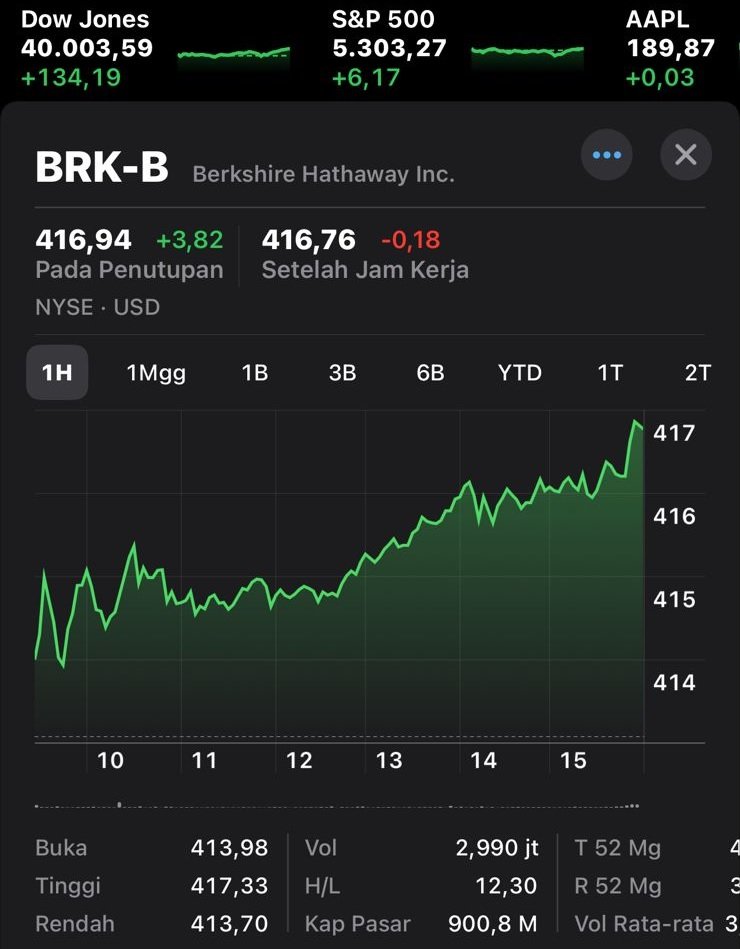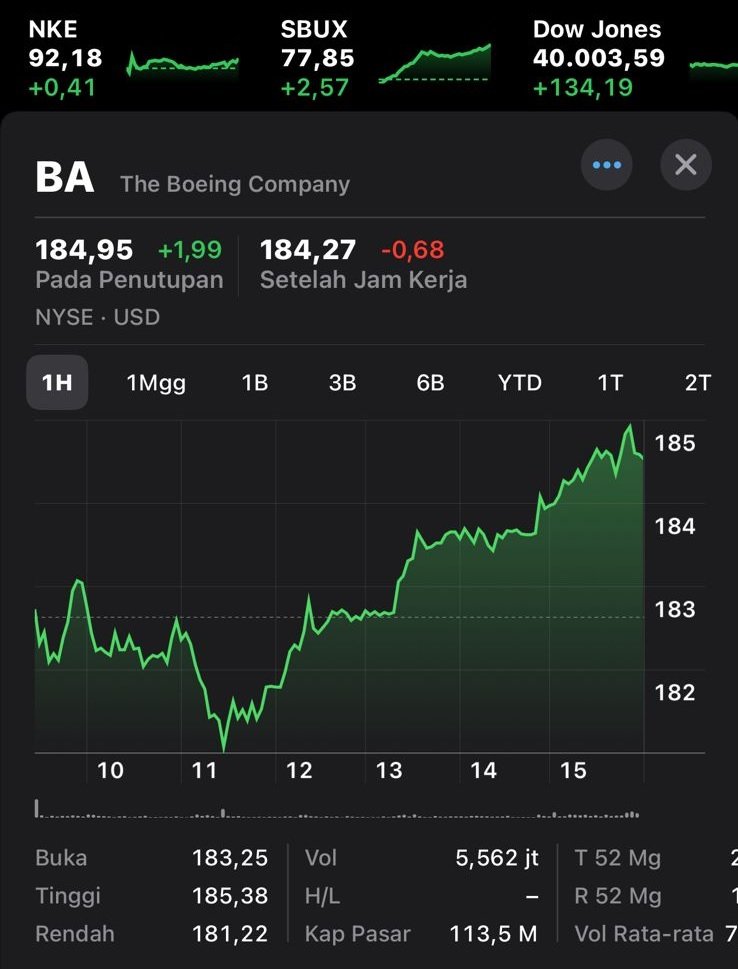When it comes to investing, one of the most important decisions investors must make is choosing the right type of mutual fund to enter their investment portfolio. Although there are many choices of investment instruments available, mixed mutual funds are a popular choice for investors who want to diversify their portfolio. Mixed mutual funds, also known as balanced mutual funds, offer portfolios with a combination of stocks, bonds and other assets in them, thereby providing a balanced investment approach.
Mixed mutual funds are designed to provide investors with stable investment returns while still minimizing risk. By combining different investment asset classes, this mutual fund aims to balance the potential for investment capital growth with income stability. This diversification of an investment portfolio can help protect an investor’s investments from market volatility and reduce the impact of any underperforming asset classes.
Investing in mixed mutual funds can be a smart step that can be taken by both beginners and experienced investors. The wide variety of asset classes in this type of mutual fund allows investors to take advantage of the expertise of fund management by professionals who carefully select and manage their investments. This can save the time and energy that investors need to devote to researching and monitoring each stock or bond.
Types of mixed mutual funds.
There are several types of mixed mutual funds that we, as investors, can choose from. Each type of mutual fund has its own investment strategy and risk profile. These types of mixed mutual funds include:
Conservative balanced funds.
What we also call conservative balanced mutual funds, which focus on preserving capital and generating income. Conservative balanced funds typically provide a higher investment allocation to fixed income securities such as bonds and have lower exposure to equities. Conservative balanced mutual funds are more suitable for investors with a lower level of risk tolerance and investors who are looking for stable returns.
Moderate balanced funds.
What we also call moderate balanced mutual funds, these funds provide a balance between income generation and capital growth. Moderate balanced funds usually have a more equal allocation of investment instruments to equities and fixed income securities. Moderate balanced funds are better suited to investors with a moderate level of risk tolerance and investors who seek a balanced investment approach.
Aggressive balanced funds.
What we also call aggressive balanced mutual funds, these funds prioritize capital growth over income generation. Aggressive balanced funds have a higher investment instrument allocation to equities and may have a smaller allocation to fixed income securities. Aggressive mixed mutual funds are better suited to investors with a higher level of risk tolerance and investors who are looking for higher potential returns.
Target-date funds.
What we also call target date mutual funds, these funds are designed for investors with a specific retirement date in mind. Target-date funds automatically adjust the investment asset allocation in a portfolio over time, becoming more conservative as the target date gets closer. Target date funds are better suited to investors who want a hands-off approach to investing for retirement.
Benefits of investing in mixed mutual funds.
Investing in mixed mutual funds is quite attractive because it provides several advantages that make it an attractive choice for many investors, which include:
Diversification.
Mixed mutual funds provide instant diversification to investors, because these mutual funds are designed to invest in a mix of asset classes. This diversification helps reduce the risks investors face by spreading investments across different sectors and asset classes. It also allows investors to benefit from the growth potential of various asset classes available in the financial markets.
Professional management.
Mixed mutual funds are managed by professional fund managers who have expertise in selecting and managing investments. These professional investment managers regularly monitor and adjust investment asset holdings in mutual funds to optimize performance. This condition can free investors from the hassle of continuously monitoring and rebalancing their portfolios.
Flexibility.
Mixed mutual funds offer a wide choice of different types, so they can be tailored to different investment goals and risk tolerances. Whether the investor is a conservative investor seeking stable income or an aggressive investor seeking capital growth, there is a type of mixed mutual fund that can meet an investor’s needs.
Comfort.
Investing in mixed mutual funds is safe and easy to access, most mixed mutual funds can be easily purchased through a brokerage account or retirement plan. Accessibility to this mixed mutual fund allows investors to easily add or withdraw their investment funds as needed.
Factors that need to be considered before investing in mixed mutual funds.
Even though mixed mutual funds have their advantages, there are still several important factors that need to be considered before investing, including:
Risk tolerance.
Assess investors’ risk tolerance before they invest in a mixed mutual fund. Different types of mutual funds carry varying levels of risk, and it is very important for investors to choose the type of mutual fund that suits their comfort level. Conservative investors may prefer funds with a higher bond allocation, while aggressive investors may prefer funds with a higher equity allocation, so different risk preferences require different types of mutual funds.
Investment Objectives.
Investors must clearly determine their investment objectives before choosing a mixed mutual fund. Are they investing for long-term growth of their capital, increased income, or achievement of specific financial goals? Understanding investment objectives will help investors choose the type of mutual fund that aligns with their goals.
Expense ratio.
Investors need to consider mutual fund expense ratios. This is an annual fee charged by the mutual fund company to cover the costs of managing the mutual fund. Lower expense ratios are generally preferred by investors because they can have a significant impact on their investment returns over time.
Past performance.
Although past performance does not indicate future results, past performance can provide information and insight into the mutual fund’s performance track record. Analyze the historical performance of the mutual fund and compare it with relevant benchmarks to measure the mutual fund’s consistency and ability to achieve investors’ investment objectives.













